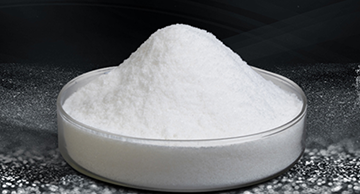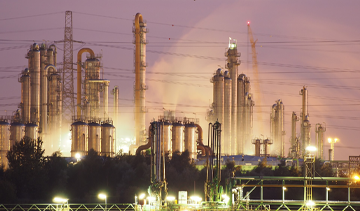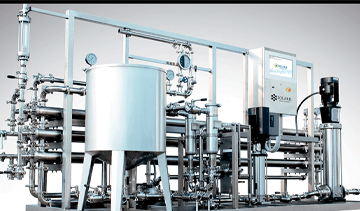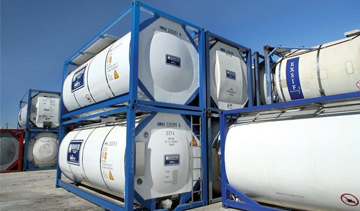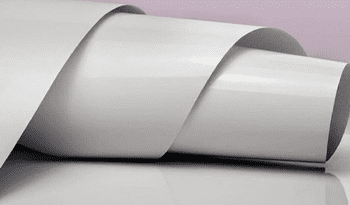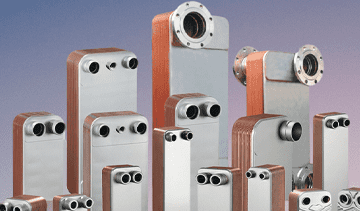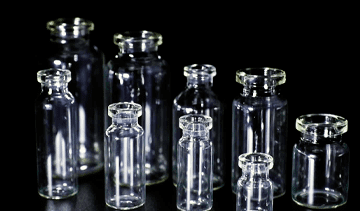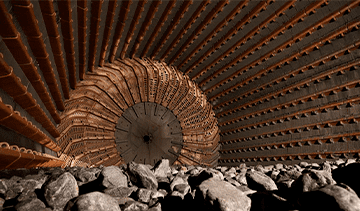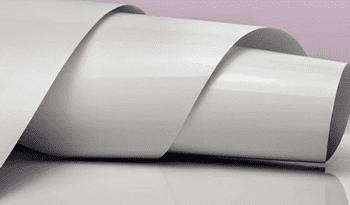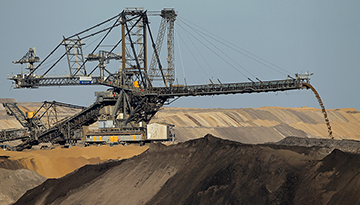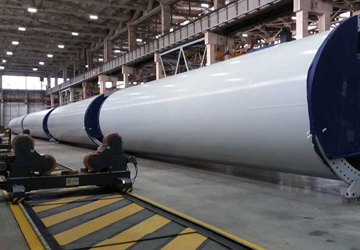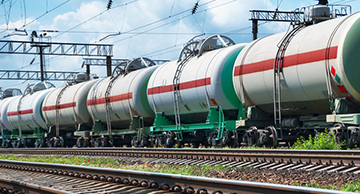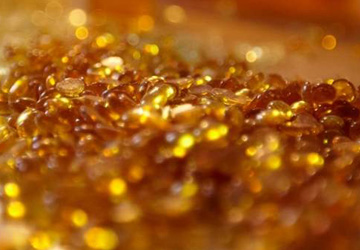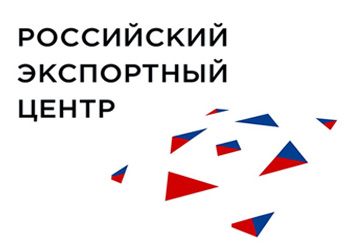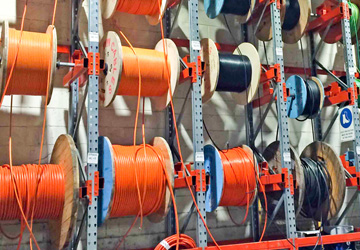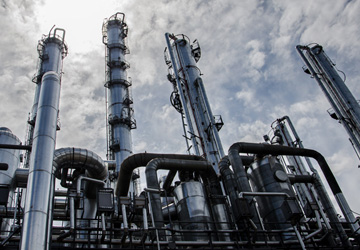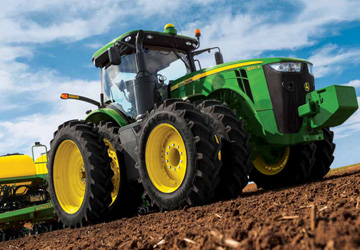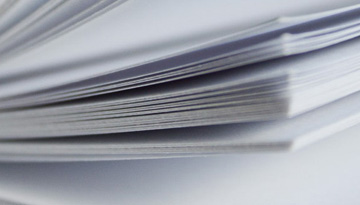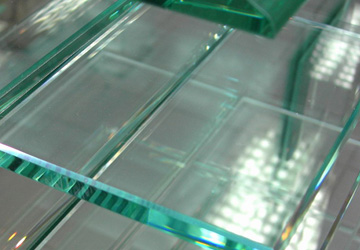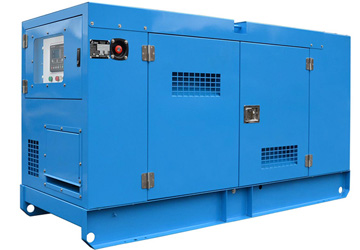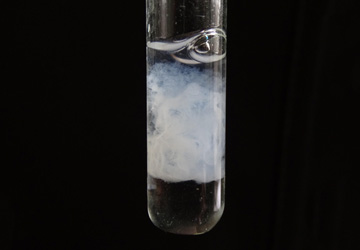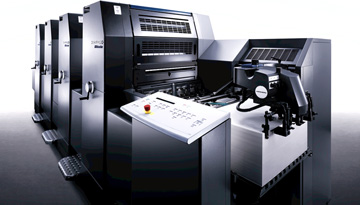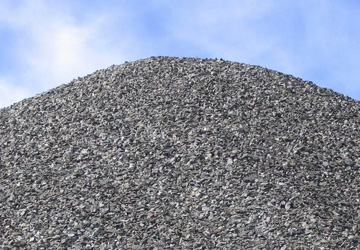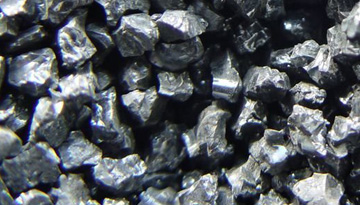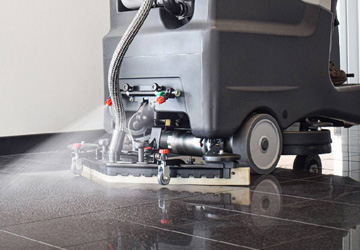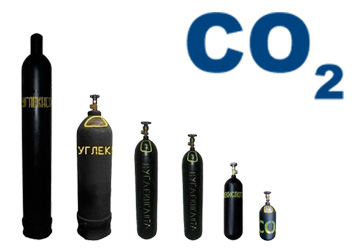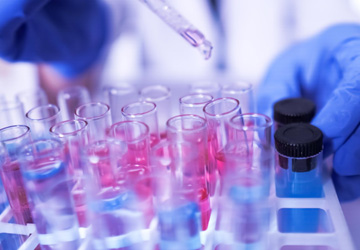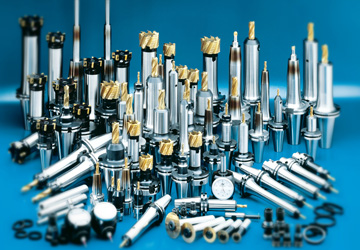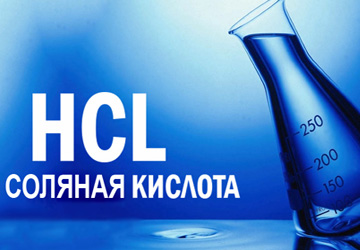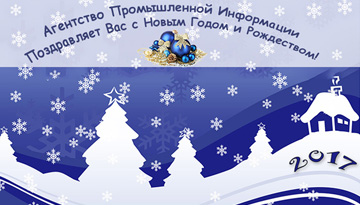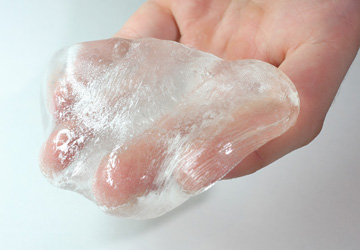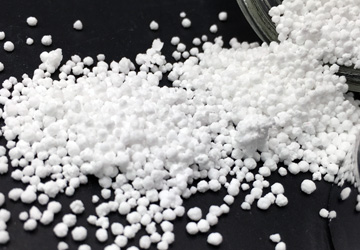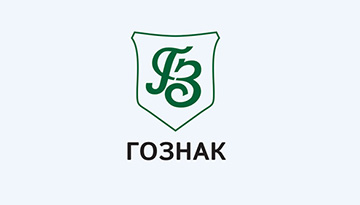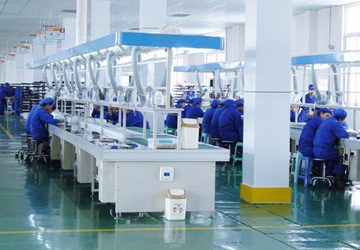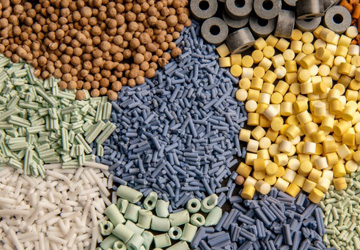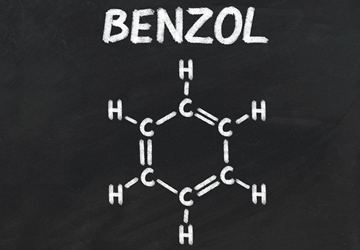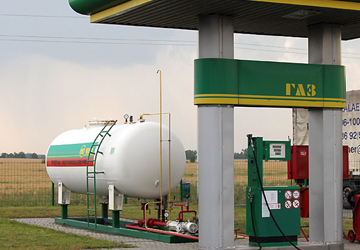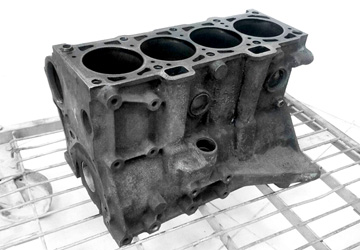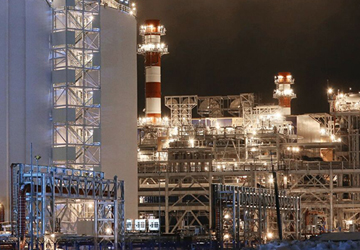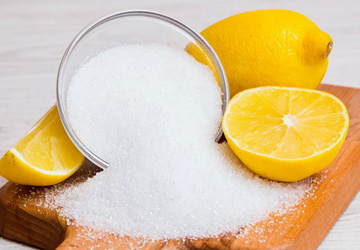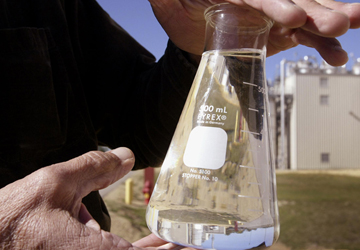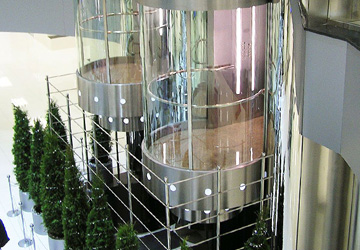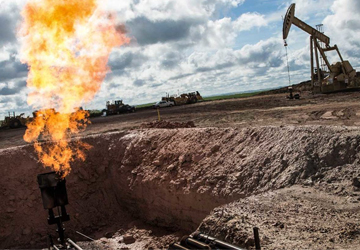History and forecasting horizon
2008-2020
1. Technologies for solving the problem of increasing the capacity of pipelines
1.1. Review of technologies for increasing the throughput of pipelines
A brief description of existing technologies for increasing the throughput of pipelines in the market
The volume of the world market for each technology in monetary terms (history and forecast)
The main trends and drivers for each technology
Limiting factors and risks for each technology
1.2. Additives (as one of the technologies for increasing the throughput of pipelines)
A chain of value added from the manufacturer to the final consumer. Qualitative and quantitative description
Scientific schools/R&D centers actively involved in the receipt, testing and implementation of additives in the world, including the most significant experts, patents received, the current status of new developments
The main groups of manufacturers and consumers of additives
Economic benefit for the consumer from the use of additives (increasing the volume of pumping vs. The cost of additives)
Quality indicators of the industry (seasonality, capital intensity)
Conclusions from Section 1: existing technologies for solving the problem, their development, place of additives among technologies for increasing the throughput of pipelines, understanding the structure of the cost of additives, the focal market for additives, the existing and promising R&D of additives
2. Additions in the world (details by type of anti -tourbulent additives: oil transport, oil products transport, liquefied gas transport)
2.1. Market
Overview of the global market in natural and monetary terms in the division of the main macro -regions: North America, Europe, Juva, other world
Prices (historical and forecast) in the breakdown into macro -regions.
Regional structure of markets (own production/import/export)
Main trends and drivers
Limiting factors and risks
Consumers, characteristics of the main consumers (volumes, industry belonging)
2.2. Manufacturers
Characteristics of the main world manufacturers (production capacities, basic financial indicators, assortment and its description)
SWOT Analysis of existing technologies of different manufacturers
Communication of manufacturers and scientific schools/R&D centers
2.3. Sellers
Existing distribution/sales systems in the market
Methods of technical support
The main distributors/sellers (volumes, regional incision)
Conclusions from section 2: market volumes (fact, forecast), main manufacturers and consumers, advantages of each manufacturer, methods of distribution/sales of products on the market, the main distributors/sellers.
3. The market for anti -tourbulant additives for pipeline systems in Russia (details by type of additives: oil transport, oil products transport, liquefied gas transport)
3.1. Market
Review of the Russian market in natural and monetary terms
3.2. Consumers
Characteristics of the main consumers (volumes, industry belonging)
Client requirements for products and suppliers
Manufacturers, characteristics of the main manufacturers (production capacities, basic financial indicators, assortment and its description)
3.3. Sellers
Conclusions from Section 3: Market volumes (fact, forecast), main manufacturers and consumers, the advantages of each manufacturer, the reasons for the consumer choosing anti-tourbulent additives (Liquidpower, Flo, NECADD-447, etc.), methods of distribution and sales of products on the market, the main distributors /sellers.
4. Market positioning for the new Russian additives for pipelines
4.1. Marketing strategy recommendations
Target market segments
Positioning strategy
Distribution policy
Price policy
Target capacity
Conclusions from Section 4: Marketing Strategy, including target markets, main politicians and target capacity.


